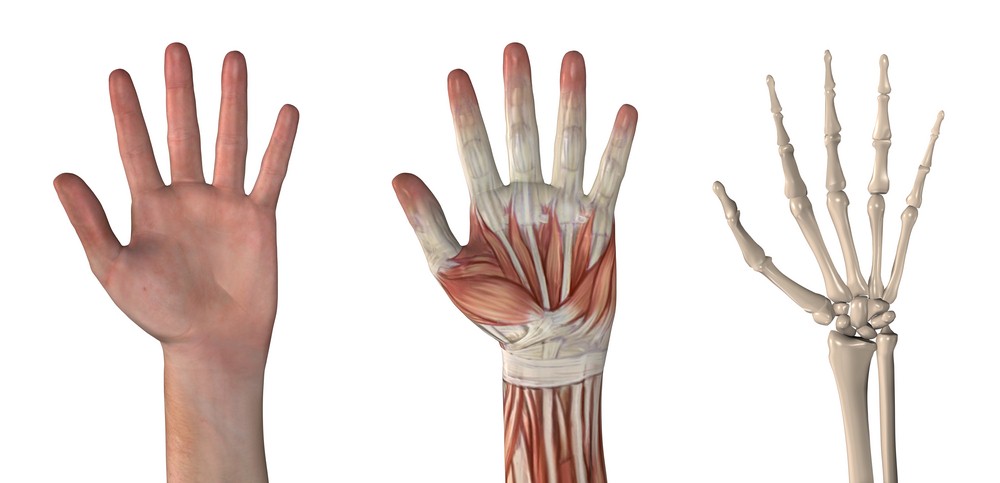Many patients with carpal tunnel syndrome can be treated successfully without surgery. If the condition continues to get worse, however, non-operative treatment will no longer be effective. Symptoms over time can become harder to control, occur more frequently, and the numbness can become constant. Surgery is the best way to relieve the symptoms and prevent nerve deterioration.

Carpal tunnel release surgery is one of the most common procedures in orthopedic surgery. In many published studies, over 90% of surgical patients have a successful outcome and are satisfied with the procedure. Most of these patients would recommend the procedure to a friend or family member with the same condition.
However, a small percentage of patients do not have a good result with carpal tunnel surgery. This could be considered a failure of carpal tunnel release surgery. There are several important reasons why carpal tunnel release surgery may not work well:
Incorrect diagnosis. It is important to have the correct diagnosis prior to any surgery. If the problem is actually a pinched nerve in the neck, surgery on the hand and wrist for carpal tunnel will not help the symptoms. Not all hand pain and numbness is caused from carpal tunnel syndrome. Other causes can be diabetic peripheral neuropathy, ulnar neuropathy, cervical radiculopathy, multiple sclerosis, etc.
Incomplete release. During a successful carpal tunnel surgery, the surgeon releases all the points of compression on the median nerve within the palm and wrist. If there is an area of pressure on the nerve still remaining after surgery, the patient can have continued carpal tunnel symptoms. Revision surgery may help relieve these symptoms.
Nerve damage before surgery. Some patients have severe nerve damage prior to visiting the doctor. These patients are usually over 60 years of age and have constant numbness in the thumb and fingers and often have weakness of the thumb muscles. Surgery can help prevent the nerve damage from getting worse, but it may not reverse the nerve damage already present. If patients are not warned about this possibility prior to surgery, they will be disappointed that the surgery did not relieve their hand numbness. Having surgery before developing nerve damage can prevent this outcome.
Scar tissue. Some patients develop excess scar tissue at the surgery site. This can result in a thick, tender scar and pain in the palm and wrist. Occasionally the scar tissue can cause the median nerve to be pinched again and carpal tunnel symptoms can recur.
Nerve injury during surgery. Occasionally, the hand pain, tingling, and numbness symptoms increase after surgery. These patients are worse after surgery than they were before surgery. Sometimes this is a result of post-operative swelling putting pressure on the nerve, which can improve with time and anti-inflammatory medications. A rare complication is inadvertent nerve laceration during surgery.
Evaluating a patient with failed carpal tunnel release surgery is difficult, but all of these factors should be considered in the decision-making process.
